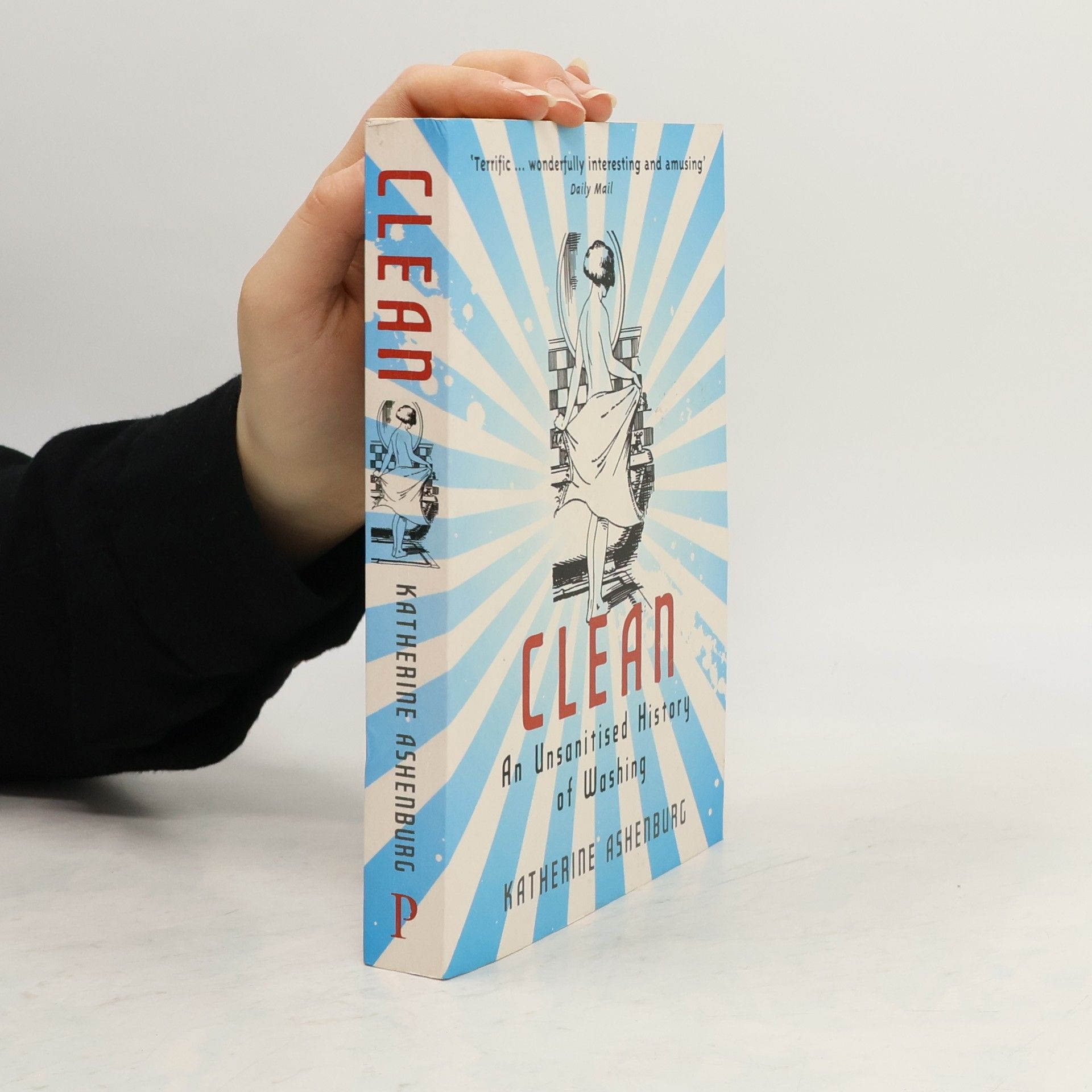Her Turn
- 240 Seiten
- 9 Lesestunden
Exploring the complexities of unexpected relationships, this novel follows a journalist who finds herself in an unusual bond with her ex-husband's wife. Blending humor and emotional depth, it captures the nuances of love, friendship, and the entangled lives of modern women. With a style reminiscent of Nora Ephron, the story offers a fresh perspective on family dynamics and personal growth, making it both relatable and entertaining.

